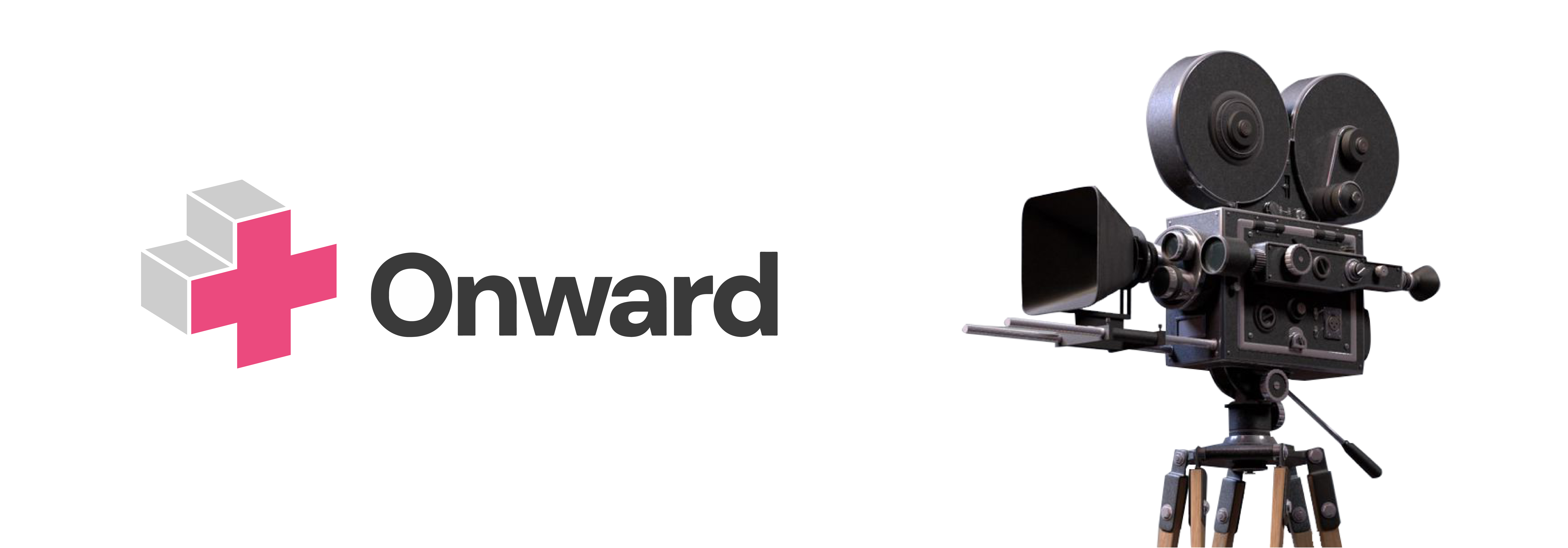Onward Ad Campaign.
Videography - Case Study
October 2024 - December 2024
Role:
Script Writer, Director, Filming and Post-Production
Brief:
This story-based ad campaign was made to show two versions of the same scenario. One with a nurse who did not use Onward, an AI interview coaching app for immigrant nurses, and one who practiced with Onward. The ad campaign has an emphasis on the emotions that are felt by the subject, with post-production techniques and filming styles to convey this.


Writing the Script
When crafting the script for Onward’s ad campaign, it focused on storytelling through contrast, showing how proper preparation transforms the interview experience. Instead of relying on dialogue-heavy scenes, it leaned into visual storytelling, body language, and sound design to convey emotion. The first half of the script establishes a tense, anxious atmosphere. With careful structuring, each scene builds stress, using deliberate pacing, subtle camera movements, and environmental storytelling, like the dim lighting and the protagonist’s exhausted sighs. Nonverbal cues, such as fidgeting, adjusting the mirror, and the deep breath before speaking, reinforce the nervousness. The turning point comes with Onward. The second half mirrors the earlier scenes but with a completely different energy. Confident body language, brighter lighting, and smoother pacing emphasize the protagonist’s transformation. Dialogue is minimal but purposeful, showing, not telling, the impact of preparation. The final moment, where they confidently introduce themselves, drives home the message: with Onward, anyone can ace their interview.
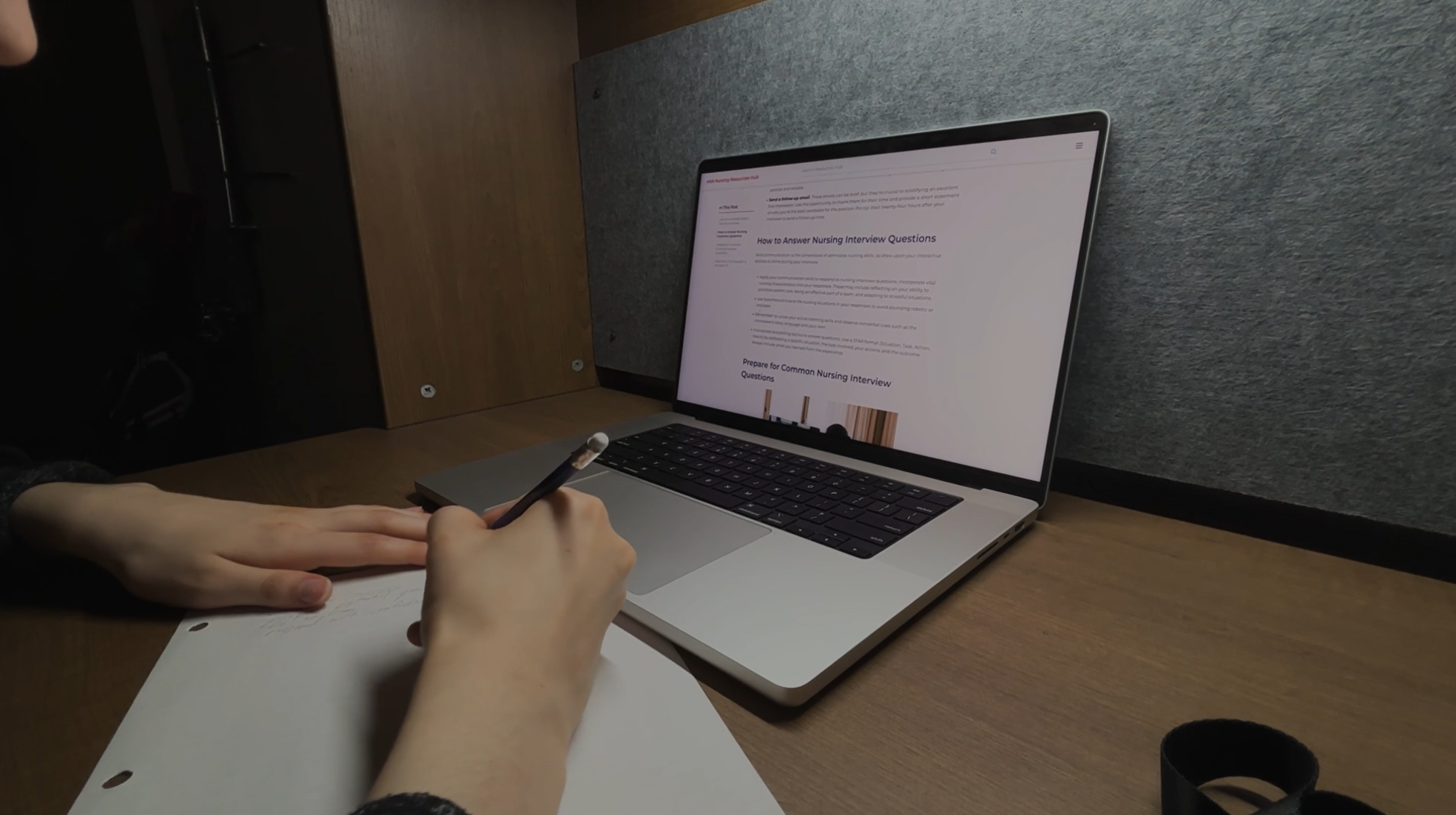
Storyboarding
The storyboarding process for Onward’s ad campaign was crucial in translating the script into a visually compelling narrative. Placing a focus on framing, camera movement, and lighting to effectively contrast the two versions of the interview experience, one filled with anxiety and the other with confidence. In the initial scenes, tight framing and dim lighting create a sense of isolation and stress. Subtle camera movements, like slow zoom-ins and handheld shakiness, helped heighten the tension. Every shot was carefully planned to communicate the protagonist’s emotional state, from the nervous fidgeting in the car to the uneasy glance in the rearview mirror. For the transformation, many of the same shots were mirrored but with deliberate changes. Brighter lighting, smoother camera work, and a more open composition to reflect newfound confidence. Jump cuts were used differently in each half: erratic and uneasy in the first, dynamic and engaging in the second. These visual choices ensured that the contrast between anxiety and preparation was not just felt but seen.
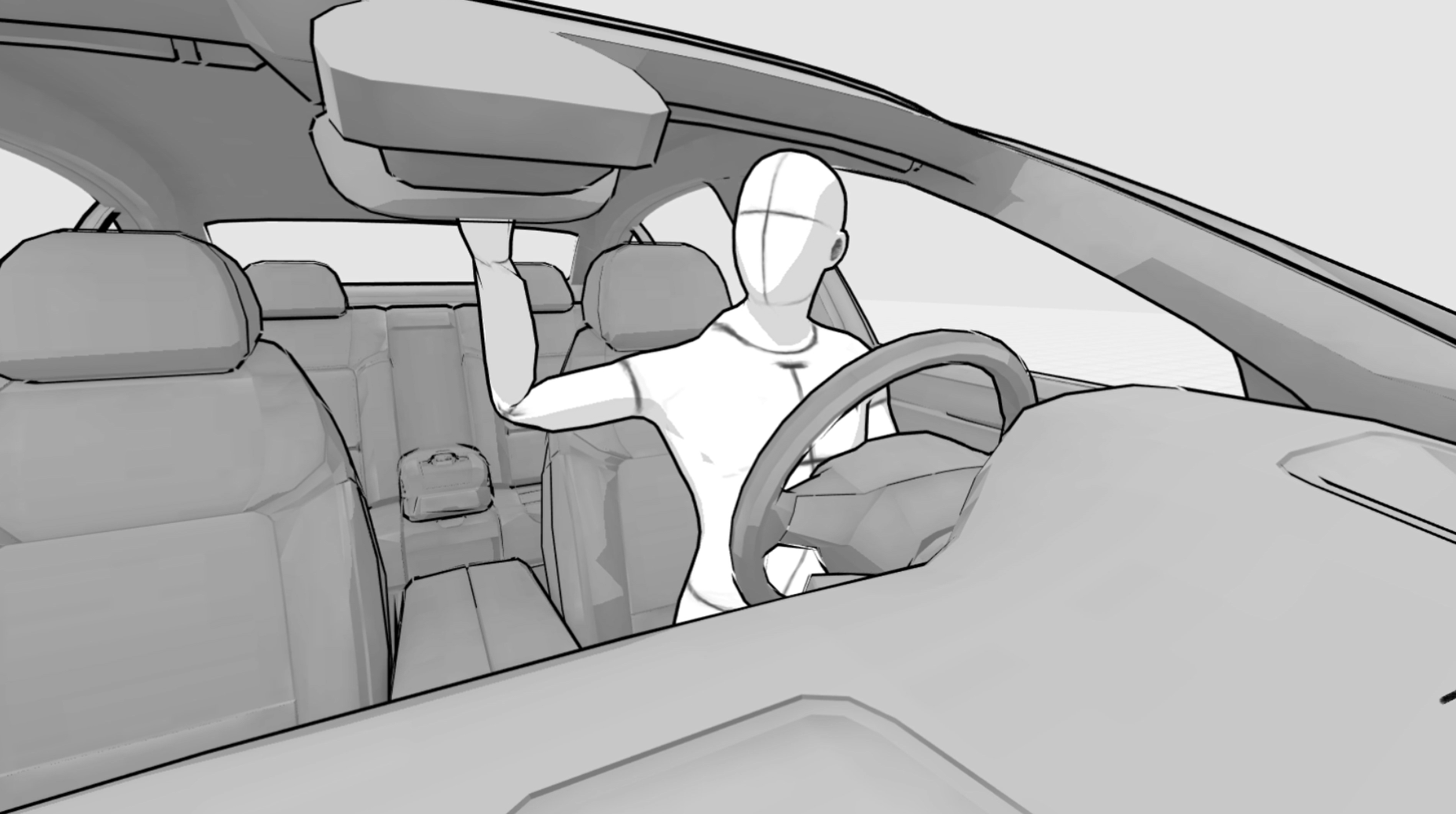
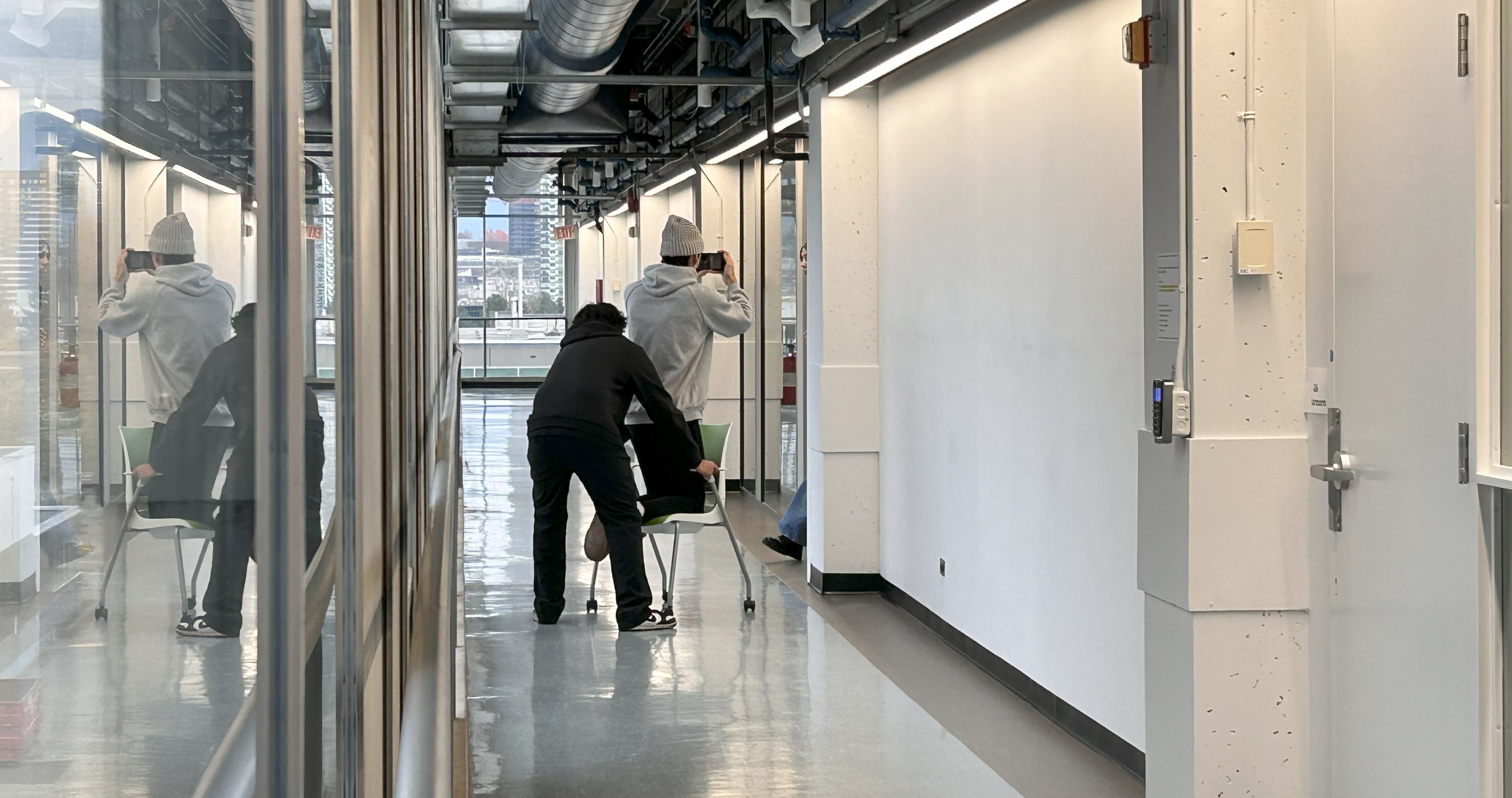
Filming
During filming, our shots were carefully planned to reinforce each phase of the protagonist’s journey. In the first half, filming leaned into darker tones, subtle camera instability, and close-up shots to create a sense of unease. The environment felt closed off, with deliberate pauses that lingered just long enough to make the audience feel the weight of the character’s stress. Background noise like the scratch of a pencil or the hum of a laptop became heightened, making small sounds feel overwhelming. The second half, in contrast, was filmed with a more open and natural style. The camera moved with intention, following the character smoothly rather than shakily. Lighting was adjusted to feel more inviting, and framing choices allowed for more breathing room within each shot. The character’s movements were also different; more purposeful and fluid, reflecting their newfound confidence.
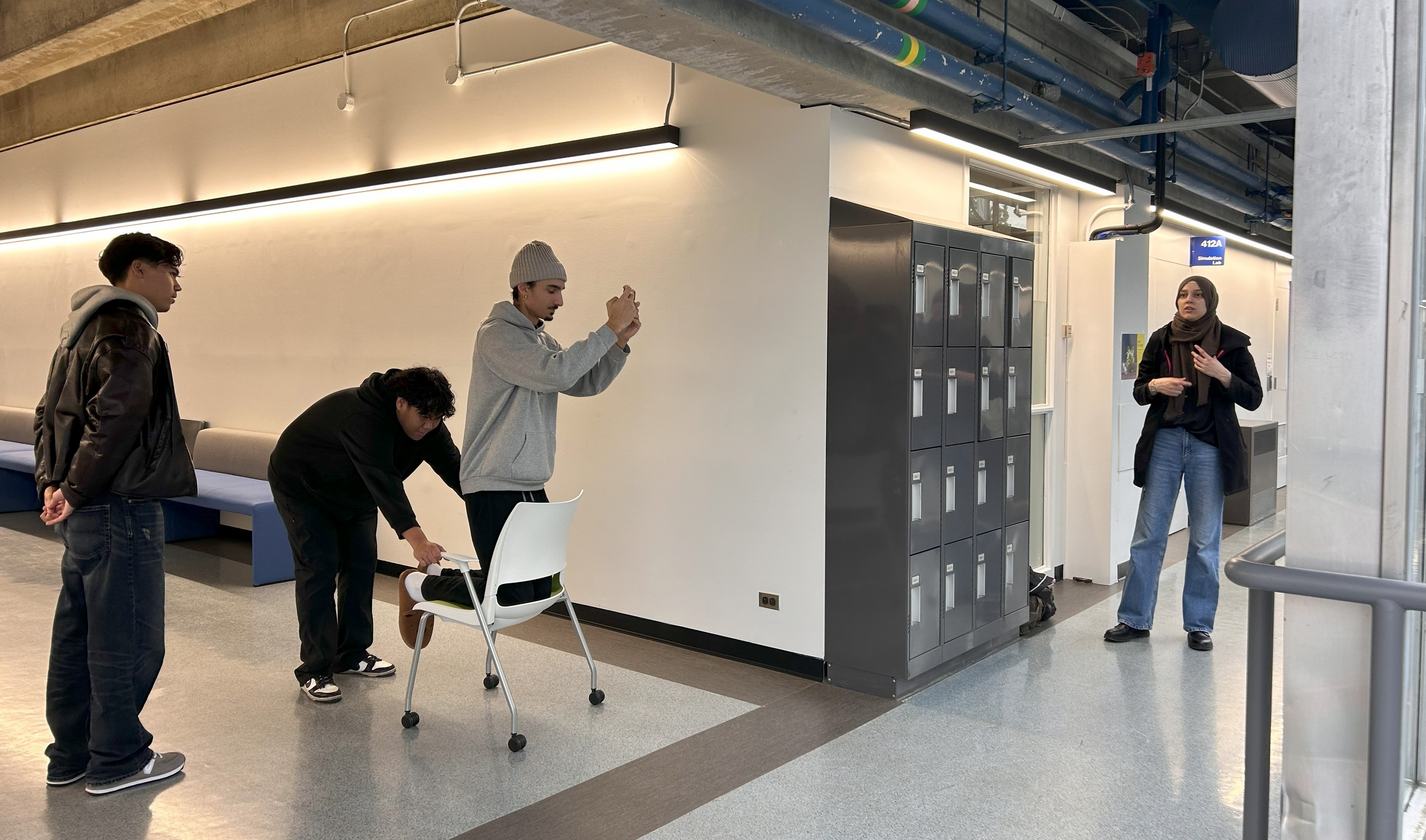
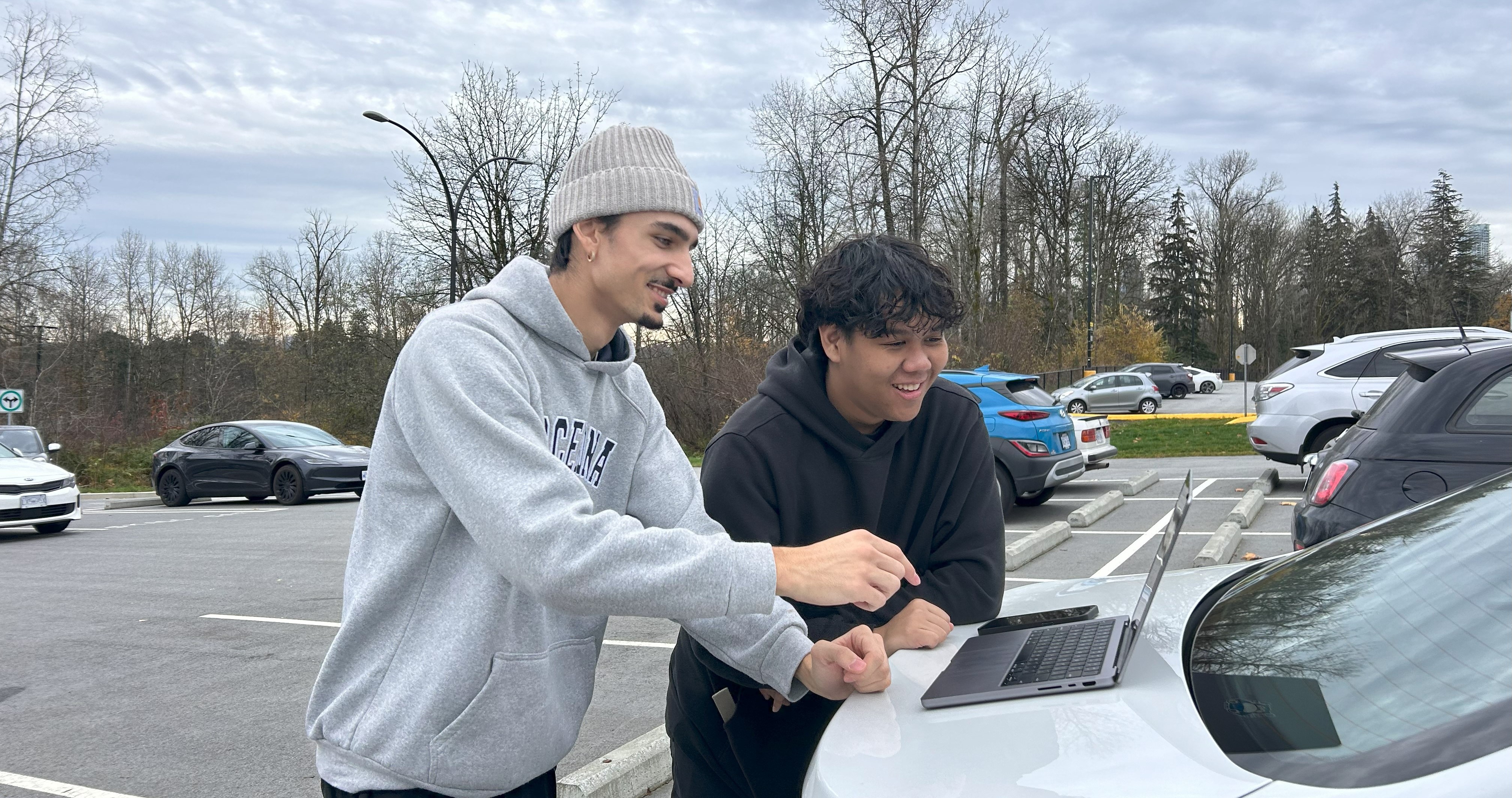
Editing
In editing, pacing was key. The first half relied on tighter, abrupt cuts that made moments feel fragmented and uneasy, while the second half transitioned into longer, more natural cuts to create a sense of control. Audio shifts also played a significant role, the anxious version built tension with layered, slightly exaggerated background sounds, while the confident version stripped away distractions, making the scene feel calmer and more focused. By carefully blending cinematography and editing, it ensured that the transformation wasn’t just seen, it was felt, making Onward’s message about preparation and confidence deeply relatable to viewers.

The Message
This ad campaign was created to shine a light on the unique challenges immigrant nurses face when they come to Canada seeking work in the healthcare field. Many of these skilled professionals struggle with systemic barriers, cultural differences, and the pressure to succeed in an unfamiliar environment. With nearly 1 in 4 immigrant nurses experiencing severe anxiety before job interviews, the ad campaign emphasizes the critical need for accessible resources, tools, and support to help them overcome these obstacles. By portraying these struggles and emotions through visual storytelling, the ad campaign fosters empathy and understanding in the audience, encouraging meaningful discussions about inclusion and support for immigrant healthcare workers. Ultimately, it serves as a strong message, as well as a way to showcase an alternative in Onward, a method to help mitigate the stress and anxiety that comes with job interviews.
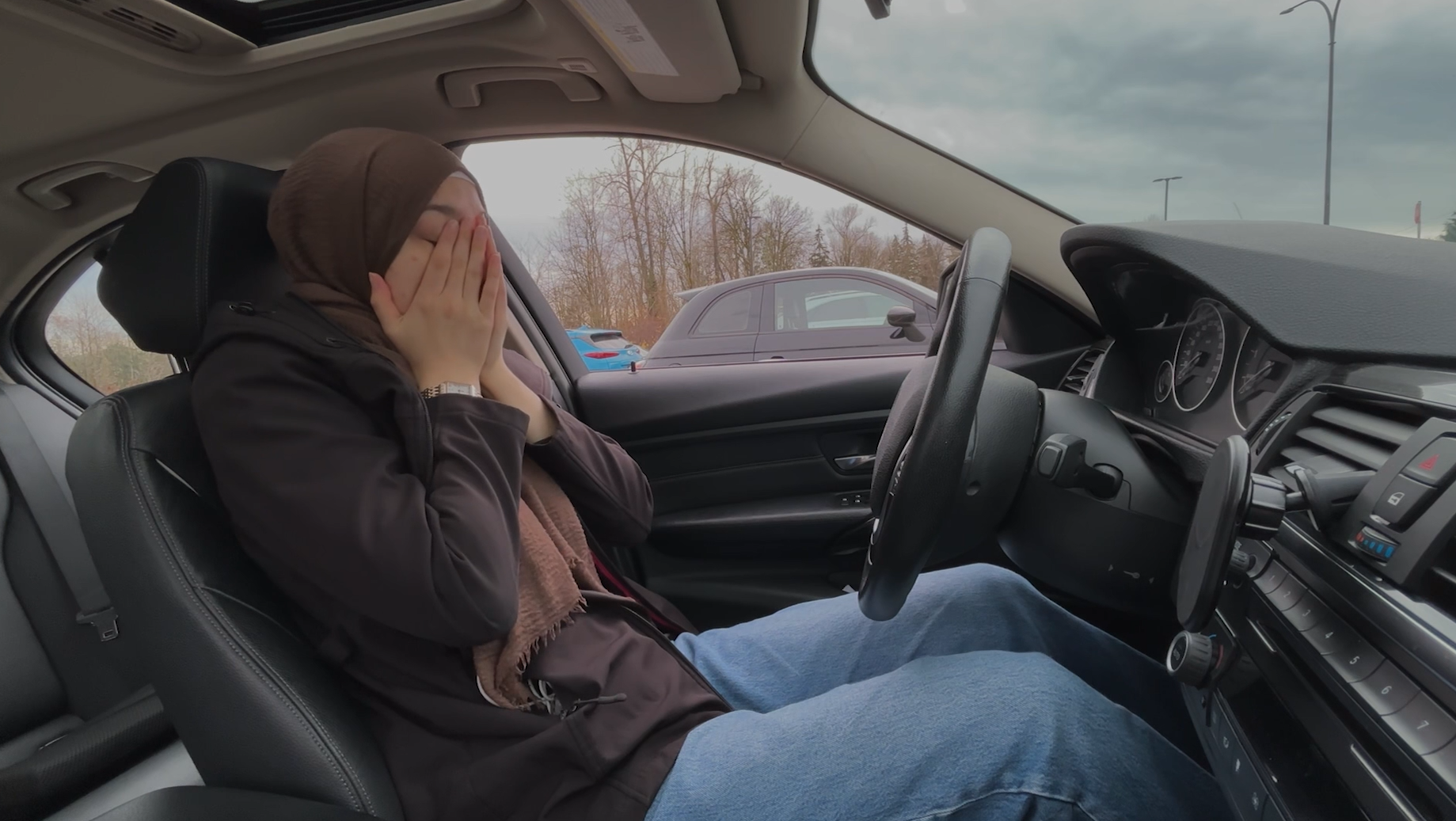
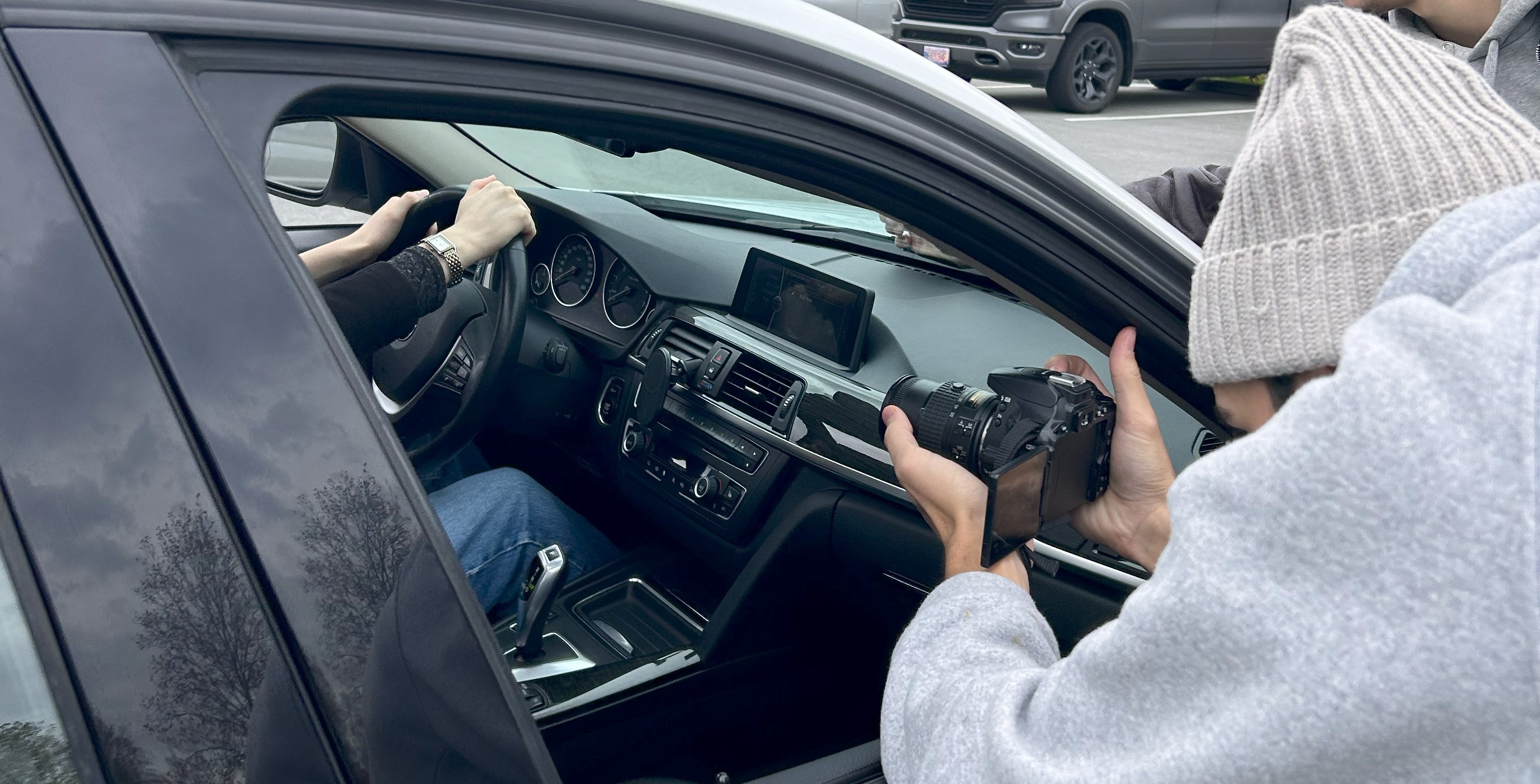
1
Crafting a compelling narrative was crucial in highlighting the contrast between a stressful and a confident interview experience. This reinforced the power of storytelling in marketing—showcasing the app’s value in a relatable, emotionally engaging way.
2
Ensuring the commercial felt natural while clearly demonstrating Onward’s benefits required careful direction. Fine-tuning performances, pacing, and visuals helped strike the right balance between realism and an easy-to-follow message.
3
Filming and post-production revealed the importance of flexibility—adjusting shots, dialogue, and edits based on what worked best on screen. Feedback from early cuts helped refine the final version to make the impact stronger and the message clearer.
